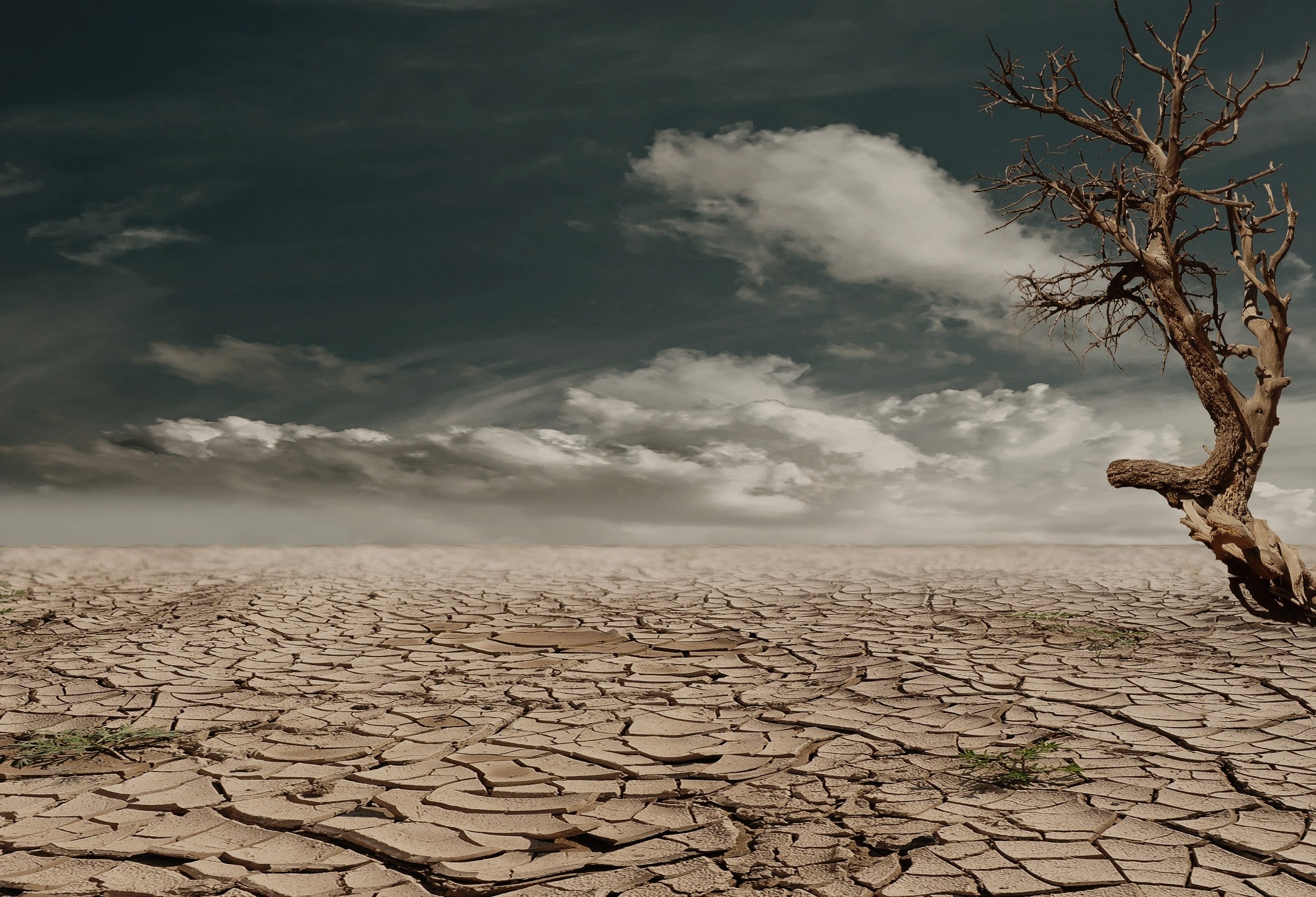
Some people believe that climate change is exacerbated by human intervention, while others argue that humans are not a factor. Regardless of what may or may not influence extreme weather events, economists are predicting that the long-term results of climate change could affect more than just our homes and possessions.
In fact, the Congressional Budget Office (CBO) recently reported that the effects of climate change will have a dampening effect on U.S. economic growth in the near future. The agency’s research ranged from evaluating the effects of colder climate growing seasons, to crop losses due to drought, to factory storm damage. The combination of climate change and the coronavirus has reduced the CBO’s projected level of real GDP output in 2050 by 1%.1
While the current administration is focused on investing in fossil fuels, it’s important for individual investors to remember the investment adage: Don’t put all your eggs in one basket. By diversifying energy sector assets among a variety of industries — such as oil, fracking, solar, hydropower and wind — investors may be less impacted by which way the political winds are blowing. If you’d like to find out more about diversified investing opportunities in the energy sector, we’d love to have that discussion.
The recent pandemic has revealed more holes in our business and government “safety nets” than simply an overwrought health care system. Since the first coronavirus case hit the nation in January, we have witnessed problems stemming from inadequate paid sick leave, unemployment benefits and unequal broadband access for students. Scientists claim these same vulnerabilities will surface in the future as we face escalating and simultaneous climate disasters on a regular basis. For example, we are now seeing hurricanes hit the Gulf Coast in August and September while, at the same time, massive wildfires overtake the West Coast and the Northeast is stifled by heatwaves.2
Recent research from Oxford University has identified policies boasting a high potential for addressing climate change metrics in concert with economic growth. They include new physical infrastructure and improved efficiency retrofits, investment in education and training, natural capital investment, and clean energy research and development.3
Denmark has a reputation as one of the most progressive green energy economies with some of the most ambitious environmental targets — including reducing carbon emissions by 70% by 2030. While it has an impressive list of climate-friendly energy accomplishments, the country has found a way to market its capabilities to help other countries that are behind the green curve. For example, a partnership between Denmark and the U.K. has resulted in the current construction of the world’s longest high-voltage, direct-current connection. This will allow millions of British people to receive their electricity from Denmark.4
In the U.S., fossil fuels still account for more than 80% of total energy consumption. While
nuclear power is widely considered the most inexpensive and effective substitute to challenge fossil fuels for future energy consumption — and produces almost negligible adverse climate effects — the U.S. and many other countries have stopped nuclear expansion due to public safety concerns.5 In the meantime, green technologies are projected to represent 49% of global energy consumption by 2050.6
Content prepared by Kara Stefan Communications.
1 David Lawder. Reuters. Sept. 21, 2020. “Climate change since 2000 will cut U.S. growth over next 30 years – CBO.” https://www.reuters.com/article/uk-climatechange-growth-cbo/climate-change-since-2000-will-cut-u-s-growth-over-next-30-years-cbo-idUKKCN26C37S. Accessed Sept. 22, 2020.
2 Todd E. Vachon. NJ.com. July 1, 2020. “The pandemic may be a preview of our climate future.” https://www.nj.com/opinion/2020/07/the-pandemic-may-be-a-preview-of-our-climate-future-opinion.html. Accessed Sept. 22, 2020.
3 Cameron Hepburn, Brian O’Callaghan, Nicholas Stern, Joseph Stiglitz and Dimitri Zenghelis. Oxford Smith School of Enterprise and the Environment. May 4, 2020. “Will COVID-19 fiscal recovery packages accelerate or retard progress on climate change?” https://www.smithschool.ox.ac.uk/publications/wpapers/workingpaper20-02.pdf. Accessed Sept. 22, 2020.
4 Sean Fleming. World Economic Forum. July 16, 2020. “An underwater cable will connect Danish wind power to over a million UK homes.” https://www.weforum.org/agenda/2020/07/denmark-uk-renewable-energy-electricity-cable. Accessed Sept. 22, 2020.
5 Sean Ross. Investopedia. April 5, 2020. “What Are the Main Substitutes for Oil and Gas Energy?” https://www.investopedia.com/ask/answers/060415/what-are-main-substitutes-oil-and-gas-energy.asp. Accessed Sept. 22, 2020.
6 Will Marshall. Global Risk Insights. Sept. 20, 2020. “Geopolitics and the Energy Transition: Competition or Cooperation?” https://globalriskinsights.com/2020/09/geopolitics-and-the-energy-transition-competition-or-cooperation/. Accessed Sept. 22, 2020.
We are an independent firm helping individuals create retirement strategies using a variety of insurance and investment products to custom suit their needs and objectives. This material is intended to provide general information to help you understand basic financial planning strategies and should not be construed as financial or investment advice. All investments are subject to risk including the potential loss of principal. No investment strategy can guarantee a profit or protect against loss in periods of declining values.
The information contained in this material is believed to be reliable, but accuracy and completeness cannot be guaranteed; it is not intended to be used as the sole basis for financial decisions. If you are unable to access any of the news articles and sources through the links provided in this text, please contact us to request a copy of the desired reference.
10/20-1351605C
Ready to Take The Next Step?
For more information about any of the products and services listed here, schedule a meeting today or register to attend a seminar.
